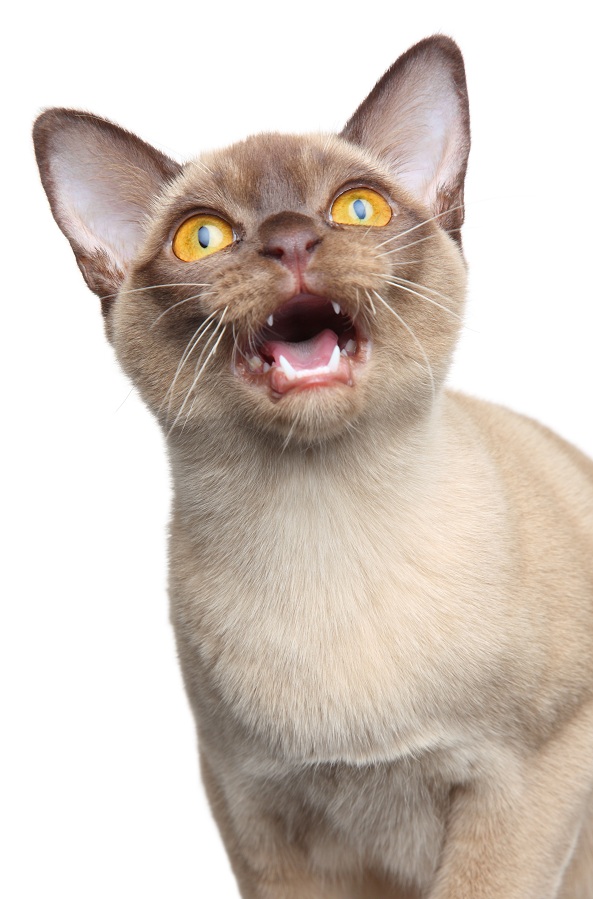Want to learn more about Burmese Cat’s teeth? Read on to discover vital info relating to Burmese cat teeth…
It’s not all fun and games for the Burmese cats and even this playful creature needs to visit the vet for an inspection of the Burmese cats’ teeth.
The perfect time to start looking for a dental disease in Burmese cats’ teeth is when they are three years of age, sometimes even sooner. The first telltale sign of a gum disease in Burmese cats’ teeth is persistent bad breath.
Following this, one should immediately check its gum for any swelling or redness. Also yellowing or brown teeth, especially molars should also be made note of. If these symptoms are not treated in time, they will lead to problems like receding teeth, which will weaken the teeth’s supporting structure. Eventually the Burmese cat will lose teeth.
In the worst case scenario, the bacteria from the mouth that can find its way into the Burmese cat’s stomach, may also find its way into the cat’s kidneys and the valves of its heart. This will affect the general well being of the Burmese cat.
However, there are several ways of preventing the cat’s teeth from damage. One of the most common ways of dealing with Burmese cats’ teeth is by brushing their teeth from a very young age. Toothpaste made for human use should never be considered for brushing a cat’s teeth as it may lead to diarrhea. Now there are specialized toothpastes available for cats, specific to the flavors your Burmese would like such as poultry, seafood and malt. Using a finger brush is a good idea.
In addition it is recommended that for perfect Burmese cats’ teeth, they be given raw bones to chew on. If you do not like the idea of raw bones, rawhide bones are also ideal. Feeding your cat treats that control tarter and plaque are also good ideas.
Giving your Burmese dry food rather than tinned is also a smart idea for maintaining dental hygiene, however, better than dry food is food containing kibble. This ensures that the surface of the Burmese cats’ teeth is properly cleaned. Enzyme enhanced food that can reduce the buildup of plaque is also available on the market.
If your cat has crossed the timeline for the prevention then you should treat its teeth using a prophylactic scaling and polish, which will save the teeth and ensure that they do not fall out. However, after this treatment, dental hygiene should become a part of your Burmese cat’s lifestyle. Burmese cats’ teeth that have been damaged beyond repair need to be extracted as soon as possible. Doing so not only takes your cat out of discomfort but also prevents it from other diseases.





